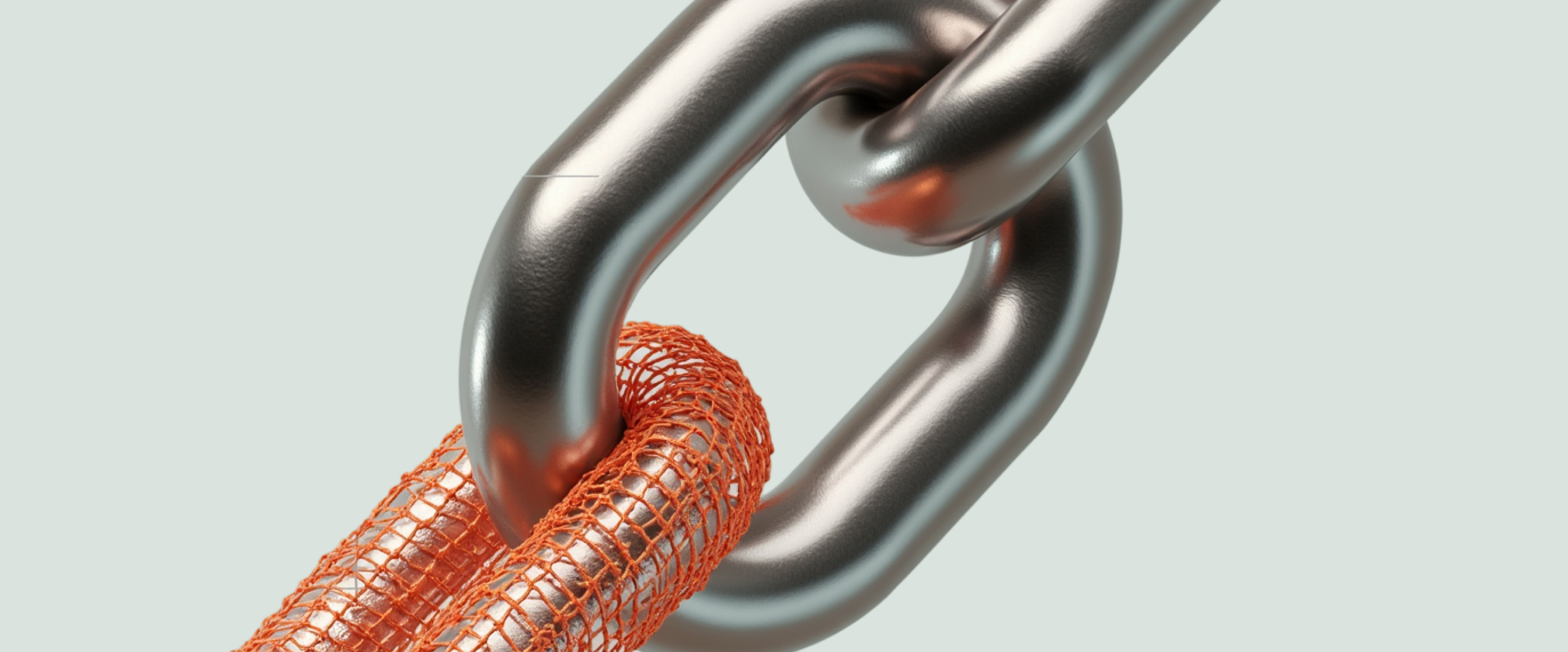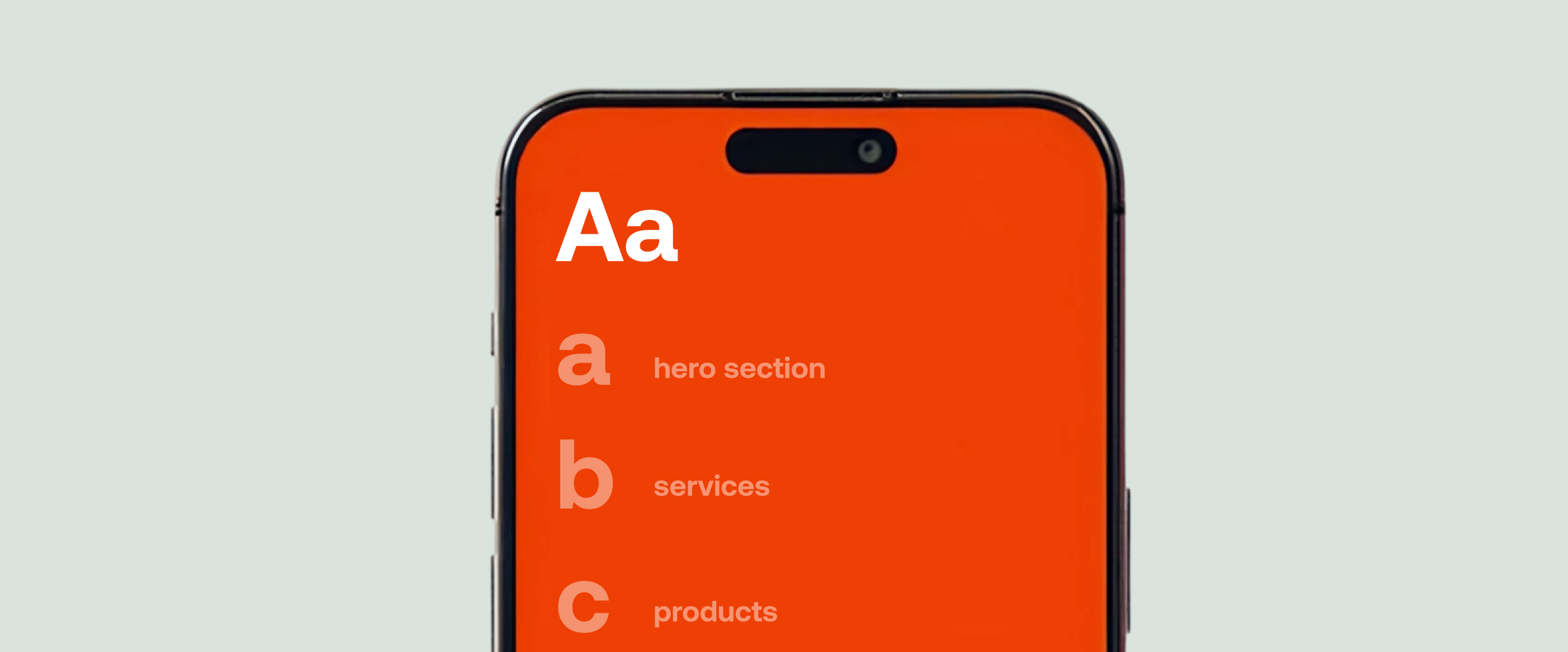











Recognitions
projects
Services

What Is UX Design? Fourmeta’s Comprehensive Guide 2023



Everyone keeps saying UX design is crucial to a successful business. But what is UX design? Check out our guide to get an in-depth answer.
Everyone keeps saying UX is crucial to building a successful business. Have you heard the same but aren’t 100 percent sure what UX is and why it is so important?
To clear up the confusion, we have decided to create a comprehensive UX guide that will answer all of your questions and provide much-needed clarity. We think it is worth a read!
UX Design from A to Z, A Complete Guide
UX design is the art and science of crafting user-friendly, engaging experiences that align with the needs and preferences of the end-users. Essentially, it is all about ensuring that interactions with a product or service are not only efficient but also enjoyable.
User experience design is a multidimensional field that incorporates various aspects, including but not limited to interaction design, visual design, information architecture, and user research. By integrating these different domains within the realm of UX design, designers are able to build products and services that are a joy to use and intuitively meet the user's requirements.
To shed some light on this concept, consider the undertaking of a marathon that takes runners through a challenging 26.2 miles (42.195 km) course. Now, if someone were to ask you, "how was the run," you could simply reply with "great!" But what if they were looking for a deeper, more detailed account of your experience?
There are countless variables that can influence the overall experience of running a marathon. The weather, the crowd, the terrain, your physical condition, and even the sneakers you are wearing. Now, imagine this: you are making good time, breezing through the streets and suburbs, pushing your limits, when suddenly, a sharp cramp strikes your leg. Now, if someone were to ask you about your marathon experience, your response might be tinged with a touch of pain.
This comparison can help us to understand user experience better. It doesn't include just one thing, for example, the look of the site.
“User experience encompasses all aspects of the end-user’s interaction with the company, its services, and its products”.
— Don Norman, Cognitive Scientist & User Experience Architect
From the definition, it is obvious that UX design is a vast subject. Fourmeta has created this guide to explain what it is and why it matters.
So if you're interested in learning more about user experience design, keep reading! This guide will cover everything you need to know about UX design – from its history and key concepts to the skills required to succeed in this field.
The Fundamentals of UX Design
UX design is both a science and an art as advanced technologies are used to create a user journey. At its core, user experience is about understanding your users and creating experiences that meet their needs. Whether you are creating a mobile app, website, or another type of digital product, UX design aims to make these experiences as seamless and enjoyable as possible.
Thus, UX includes a component of human psychology as trying to understand how a user will feel and what they will do is a skill. There is a subtle art to motivating users without them feeling pushed, which is often achieved through stunning visuals and graphic design.
UX design is a process that consists of 5 separate steps or stages. These are:
- Planning
- Researching
- Designing
- Testing
- Analysing

Let's see what is included in each step of the process.
- Planning
The first step of the UX design process is planning. In this stage, designers will define the goals and objectives of the project. They will also determine who the target users are and what their needs are. This information will be utilised to create user personas, which are fictional characters representing various product or service users. Ultimately, all of this data will contribute to the formulation of a UX strategy, which is a document that outlines the approach that will be taken to improve the user experience, anticipate possible issues, and set expectations and timelines.
2. Researching
The next step is researching. Designers need to understand the users they are designing for and their needs. This can be done through various methods, such as interviews, surveys, focus groups, and usability testing. User input is essential; otherwise, you will be operating on guesses, suggestions, and assumptions.
Once designers have a good understanding of their users, they can begin working on creating prototypes and wireframes.
3. Designing
After the research phase is complete, it is time to start designing. In this stage, designers will create high-fidelity prototypes that can be used to test the user experience. Designing starts with a sketching phase in which designers brainstorm possible solutions to the problems identified in the research phase.
Once a direction has been chosen, designers will begin wireframing. This means creating a low-fidelity prototype that outlines the structure and hierarchy of the design.
Once the wireframe is approved, designers will begin creating the high-fidelity prototype. High-fidelity prototypes are critical and must be as close to the final product as possible, as their goal is to test the actual user experience.
Prototypes and wireframes are essential for testing how users interact with a product or service before it is built. By testing early and often, designers can save time and money by catching potential problems early on.
4. Testing
Once the prototypes are ready, it is time to test them. In this stage, designers will use various methods, such as usability and A/B testing, to see how users interact with the product or service. This feedback is then used to improve the design.
5. Analysing
The final stage of the UX design process is analysing. In this stage, designers will track how users interact with the product or service over time and make changes as needed. This data can be used to improve the user experience in the future.
This feedback loop is crucial for ensuring that users have a positive experience with the product or service. Once every step of this process has been completed to satisfaction, there comes the time for product launch.
UX Design: From Then Until Now
The history of UX dates back to the early days of computing when designers focused on making user experiences as intuitive and efficient as possible. Well, UX goes even farther back, even if people didn't call it that.
We need to go back 6,000 years to a Chinese philosophy called Feng Shui, which teaches you to arrange whatever you can in an optimal, user-friendly way to harmonise the user with his surrounding environment.
However, let's focus on the more modern UX history. One of the earliest pioneers in this field was Alan Kay, who created a groundbreaking system called Dynabook that laid the foundation for modern-day personal computers. In his design, Kay emphasised the importance of creating easy-to-use interfaces and fostering positive user interactions.
The term "user experience design" was born in the 1990s, when Don Norman was hired at Apple. Throughout the years, UX has continued to evolve and adapt to changing technologies and trends. Today, it is a multidisciplinary field that draws from a wide range of skills and disciplines, including interaction design, visual design, information architecture, and human factors engineering.
As more businesses look to create innovative digital products and services, UX has become an increasingly important area of focus for companies seeking to stay competitive. Whether you are a designer, developer, marketer, or entrepreneur, understanding the fundamentals of UX can help you create more engaging and user-friendly products and experiences.
What is the difference between UX and UI design?
While both UX and UI design are focused on creating positive user experiences, there are some key differences between the two disciplines.
UI design focuses on the visual aspects of a product or service, such as its layout and aesthetics. In contrast, UX design goes beyond the surface level to focus on things like user flows, interaction models, and usability testing.
At the end of the day, both UX and UI designers work together to create products that meet users' needs and expectations. Dain Miller used an easy to understand analogy when talking about the differences between UX and UI, saying, "UI is the saddle, the stirrups, and the reins. UX is the feeling you get being able to ride the horse".

Here is a more in-depth analogy of the two. Imagine building and designing a house. Before making your house all nice and cosy, you have got to build the house first. You have got to lay the foundation, put up a house carcass, and figure out where you put your doors, windows, and stairs. This part is UX: establishing the fundamentals and making sure the house's layout is practical and logical. UX includes the user's entire experience with the product; it is a complete journey from start to finish.
Once your foundation is ready, you begin working on the interior design of the house: selecting paint colours, wallpapers, artwork, furniture, cabinet placements, and so on. This is UI: it focuses on the visual aspect of the product, the aesthetics. This would include the screen, the layout and the buttons, sounds, colours, images, typography, scrolling, and so on.
Overall, UX and UI design are complementary aspects of the same process – creating positive user experiences. UX begins by creating and testing the core and then handing it off to UI to complete the process. For a more detailed comparison of UX design and UI design make sure to read our blog article “UX vs UI - what is the difference?” here.
The Four Dimensions of UX Design: A Look at the Quadrant Model

UX is still an incredibly broad term. However, it can be split into 4 sub-divisions or 4 main disciplines. You can view that as a specialisation. Since I used to work in a hospital in my previous life, I will use doctors as an example. You have your family therapist, who does a bit of everything, but you also have your specialists: the surgeons, the pediatric doctors, the otolaryngologist, and so on. The same is true for UX design: you can focus on the UX design process as a whole, or you can focus on a specific discipline. These disciplines are:
- Experience Strategy
- User Research
- Interaction Design
- Information Architecture
Let's examine each principle in more detail to see how they contribute to the UX design process.
Experience Strategy
Experience strategy is all about aligning your business goals with the needs and expectations of your users. In other words, it's about figuring out what you want to achieve as a business and ensuring that your products and services are designed to help you meet those goals. This entails working closely with the design team, upper management, and stakeholders.
This discipline is often overlooked or misunderstood, but it's essential to the success of any UX design project. Without a clear understanding of your goals, creating experiences aligned with them is impossible. As a result, experience strategy is essential for ensuring that your design efforts are focused and effective.
User Research
User research is the process of understanding the needs and expectations of your users. This involves conducting interviews, surveys, and usability testing to gather data about how users interact with your product or service. This data is then used to inform the design process.
User research is an essential part of UX design because it allows you to create experiences that are tailored to the needs of your users. Without a deep understanding of your users, creating a compelling user experience is impossible.
Interaction Design
Interaction design is the process of designing the interactions between users and your product or service. This includes everything from the layout of a website to the way a user interacts with a mobile app. Interaction design aims to create seamless, intuitive, and enjoyable experiences for users.
Interaction design is critical to UX design because it determines how users will interact with your product or service. If the interactions are poorly designed, users will likely have a negative experience. As such, interaction design is essential for creating positive user experiences.
Information Architecture
Information architecture organises and structures information in a way that is easy to understand and use. This includes everything from the organisation of a website to the labelling of buttons and menus. Information architecture aims to make it easy for users to find the information they need.
Information architecture is critical to UX design because it determines how users will navigate your product or service. If the information is not well organised, users will likely have difficulty finding what they're looking for. As such, information architecture is essential for creating user-friendly experiences.
These are the four main disciplines of UX design. As you can see, each one plays a vital role in the design process. And while there is some overlap between them, each discipline has its own unique focus.
The Value of UX Design
UX design is essential for creating products and services that are both usable and enjoyable. By understanding the needs and expectations of users, UX designers can create experiences that are tailored to them. This, in turn, leads to increased satisfaction and loyalty from users.
In today's competitive market, it is more important than ever to create superior user experiences. With so many choices available to consumers, businesses need to find ways to stand out from the crowd.
Creating a great user experience is one of the best ways to do this. When done right, UX design can make your product or service more usable, efficient, and enjoyable. This can lead to increased sales, higher customer satisfaction, and improved brand loyalty. And in today's competitive market, that is more important than ever.
We, at the Fourmeta Digital Agency, have experienced UX designers eager to do just that. So, if you have a project, a website, or simply an idea, and need help with UX design, feel free to contact us and schedule a free consultation.
Concluding Thoughts
As you wrap up this article, you probably have a better grasp of UX and its vital role in today's world of products and services - it is all about making users happy, keeping them loyal to brands, and helping businesses thrive. So, embracing UX design isn't a choice anymore; it is the best way to succeed.
But this isn't the end of the road. Your newfound knowledge about UX can guide you in creating user-friendly solutions and making experiences better. Remember, UX design is a big deal, and it will keep shaping how things look and work in the future.
Related Articles:
UX vs UI - what is the difference?
How to Know When Your Website Needs a Redesign
Is AI going to revolutionise the role of UX designers?




.avif)






















.avif)



